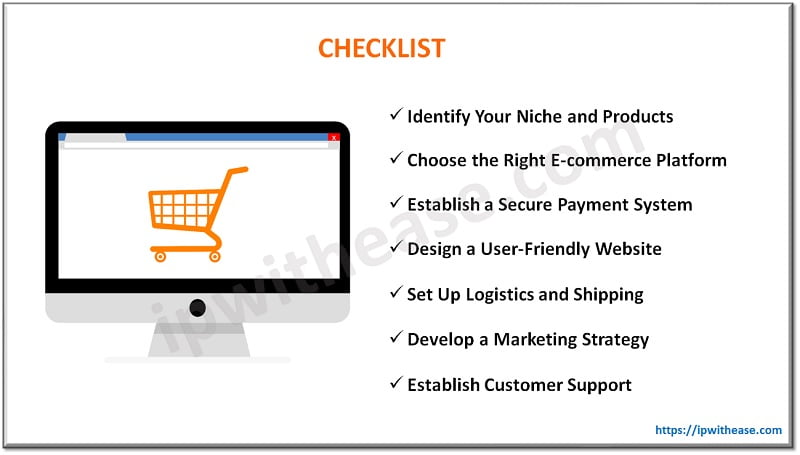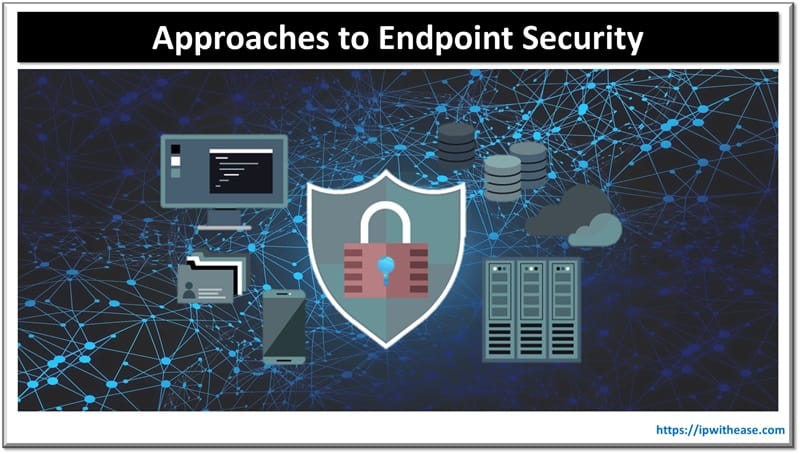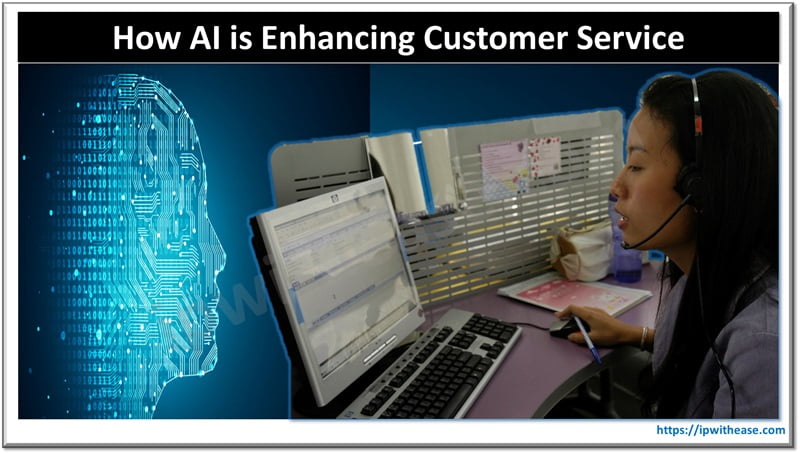Whether you’ve already had any entrepreneurial experience before setting up your own e-commerce store, doing so can be quite the challenge. It’s true that it may not be as demanding as opening a brick-and-mortar establishment, at least in terms of overhead and logistics. All the same, it will still require careful planning—and given that e-commerce is an especially competitive field, you’ll truly want to start off on the right foot if you want your new venture to prosper.
Checklist to Set Up Your Own E-Commerce Store
Hoping to open your own online retail store soon, but don’t know exactly where to start? Here’s a checklist that will prove helpful to any small- to medium-sized enterprise (SME) owner or startup owner who wants to make it big as an e-commerce entrepreneur:

1) Identify Your Niche and Products
To start any business venture on a strong note, you’ll want to understand your niche and what your market actually wants. This holds especially true in the huge landscape of e-commerce, where it’s become harder and harder to stand out from the crowd. You’ll want to do your research on potential market gaps, customer demands, and what your competition is doing—and then you’ll need to determine where your business will stand in the midst of all of that.
Perhaps your ideal niche could be something you’re personally passionate about, or it could be born of a need to fill a gap you see in the current market. Whatever the case, let this be your guide when developing a unique selling proposition (USP). In line with this, choose products that will set you apart from your competitors and help you appeal to your target audience.
2) Choose the Right E-commerce Platform
The e-commerce platform you choose will serve as the foundation of your online store, affecting everything from the visual appeal of your site to its ease of use. It’s important to choose a platform that matches the scale of your business. At the same time, it should also be user-friendly enough to you and your customers. Choose an e-commerce platform that allows you full flexibility when customizing the look and feel of your store, which will enhance your customers’ experience of your brand.
Search engine optimization-friendly or SEO-friendly features are also crucial for enhancing your visibility online, particularly in search engine results pages (SERPs). Given the growing trend of mobile shopping, your platform must also be able to guarantee an optimized mobile shopping experience. Lastly, consider integration capabilities with third-party apps, as these will significantly streamline your operations.
3) Establish a Secure Payment System
A secure and efficient payment system is vital to the success of any e-commerce business, which makes it paramount for you to choose payment solutions like a payment gateway. The best payment gateway for small business and bigger operations alike is one that serves as a convenient conduit between an e-commerce website and the bank that authorizes (or declines) a customer’s payment.
Your chosen payment gateway must prioritize security and be able to safeguard both your business and your customers from fraud. In addition, it also should support a broad range of payment methods. These typically include credit and debit cards, mobile payments, digital wallets, and possibly even cryptocurrencies to cater to a wide variety of customer preferences. You should also ensure multi-currency support if you aim to cater to an international customer base. The Philippines’ Maya Business, for example, offers one of the best payment gateway solutions in the country because of its ability to deliver on several of these things.
In general, you should aim to onboard a payment system that integrates smoothly with your e-commerce platform, to facilitate quick transactions to avoid cart abandonment. Other things that should feature in your store’s payment experiences are excellent customer support and detailed reporting features so that you can glean valuable insights into your business’s financial performance.
4) Design a User-Friendly Website
In e-commerce, your website is essentially your online storefront. Its design can significantly influence visitors’ first impressions of your brand and ultimately determine whether those visitors convert into customers. An attractive and easy-to-navigate website enhances the user experience and, of course, boosts sales.
Good web design involves high-quality product images and clear, compelling product descriptions. You should also equip your website with an intuitive, efficient search function, as this can improve the customer journey by making it easier to find products. In addition to these, make sure your checkout process is smooth and straightforward so that you can prevent high cart abandonment rates. Don’t hesitate to hire a web designer and/or a user experience/user interface (UX/UI) designer for greater ease when making these decisions.
5) Set Up Logistics and Shipping
Next on your list of things to take care of are shipping and logistics. The choices you make for these aspects of running an e-commerce business will directly impact your customer satisfaction levels and, as a result, your bottom line.
Decide whether you’ll hold your own stock or employ a dropshipping model, where products are sent directly from the manufacturer to the customer. In addition, think about your shipping methods. Will you offer free shipping, flat-rate shipping, or real-time carrier rates? What about international shipping?
Lastly, draft a clear policy for handling returns. A well-handled return can turn a dissatisfied customer into a loyal one.
6) Develop a Marketing Strategy
In the vast online world, if you want to be seen and heard by your target customers, you’ll want to take a strategic and multi-faceted approach to your marketing. It will also help to explore different digital marketing channels, like social media, email marketing, content marketing, SEO, and pay-per-click advertising.
Indeed, these tools can work synergistically to enhance your brand’s online visibility. Tailor your strategy to effectively reach your target demographic and align with your budget.
7) Establish Customer Support
Even with the best products and the most intuitive website design, your e-commerce venture will falter without stellar customer support. Set up reliable support channels through email, phone, live chat, or even social media.
As a part of this strategy, getting a business phone number can be beneficial. This can serve as the direct line of communication for customers who prefer traditional ways of reaching out for support.
Customers should feel heard, understood, and valued, and if your e-commerce business can promise all these to them, you may win their support and loyalty for the long run.
Follow the steps in the checklist above to kick off successful operations for your new e-commerce store. Once you gain momentum and build a larger customer base for your business, you’ll be glad you put in the work!
Continue Reading:
5 Valuable Product Image Editing Tips For E-Commerce Business
How you can create a website for your small business?
ABOUT THE AUTHOR
IPwithease is aimed at sharing knowledge across varied domains like Network, Security, Virtualization, Software, Wireless, etc.



